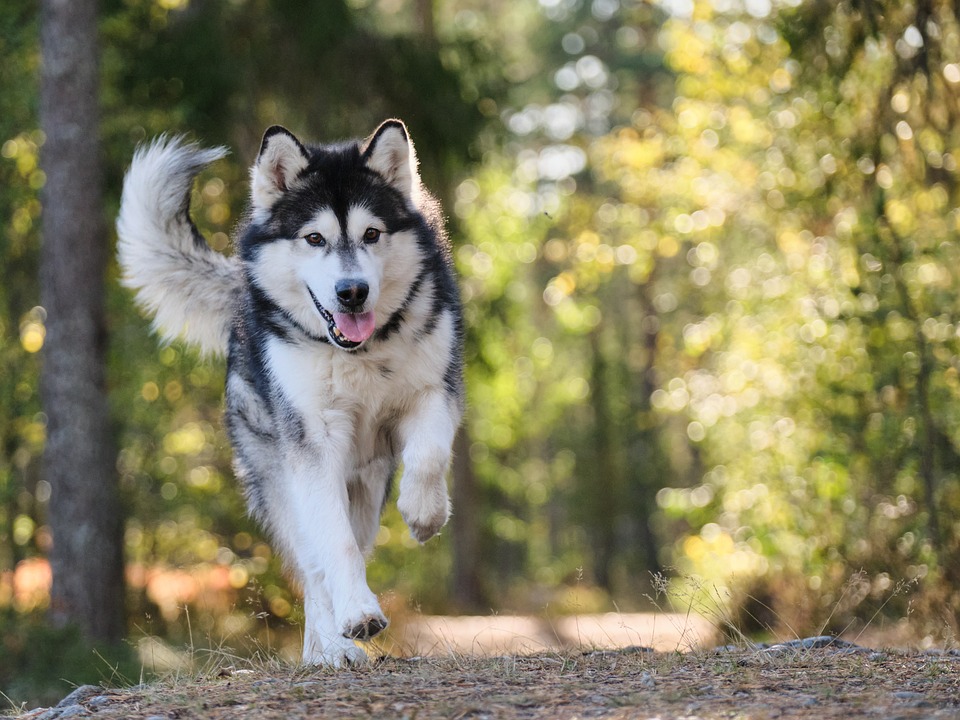Introducing your dog to a new environment or travel can be an exciting but potentially challenging experience. By following a few key steps and considering your dog’s health and well-being, you can ensure a smooth transition and an enjoyable journey. In this article, we will provide you with expert tips on how to introduce your dog to a new environment or travel, along with answers to frequently asked questions.
Understanding Your Dog’s Needs:
Before introducing your dog to a new environment or travel, it is essential to understand their individual needs and unique temperament. Consider factors such as their age, health, temperament, and socialization. Puppies, senior dogs, or those with health conditions may require special considerations during the transition. If your dog lacks exposure to new people, animals, or environments, gradual introductions may be necessary.
Preparing for the Transition:
Preparing your dog for a new environment or travel involves several key steps. Schedule a visit to your veterinarian to ensure your dog is in good health, up to date on vaccinations, and to discuss any specific concerns related to travel or new environments. Ensure your dog wears a collar with an up-to-date ID tag, and consider microchipping them in case they become lost during the transition. If traveling by air or car, crate or carrier training is crucial. Gradually acclimate your dog to their crate or carrier to reduce anxiety during travel. If your dog is not accustomed to car rides, gradually introduce short trips to help them become more comfortable.
Introducing Your Dog to a New Environment:
Introducing your dog to a new environment requires patience and a gradual approach. Bring items with familiar scents, such as their bedding or toys, to the new environment to create a sense of familiarity. Allow your dog to explore the new environment gradually, starting with one room at a time. Supervise them closely and provide positive reinforcement for calm behavior. Introduce your dog to new people and animals in a controlled manner, ensuring positive interactions and monitoring their reactions. Establish a routine for feeding, exercise, and bathroom breaks to help them feel secure.
Traveling with Your Dog:
Traveling with your dog can be a fun adventure, but it requires careful planning and organization. Research pet-friendly accommodations, transportation options, and any necessary travel documents or permits ahead of time. Secure your dog in a crate or carrier during car travel, or consider using a dog seat belt. Never leave your dog unattended in a parked car, as it can quickly become dangerously hot. Pack familiar bedding, toys, and enough food and water for the journey. Take regular breaks to allow your dog to stretch, relieve themselves, and stay hydrated. If your dog tends to get car sick, consult your veterinarian about potential remedies or medications that can help alleviate their symptoms.
Frequently Asked Questions (FAQs):
– Can I introduce my adult dog directly to a new environment without gradual steps?
– How can I help my anxious dog adjust to a new environment?
– What essential items should I pack when traveling with my dog?
– Can I feed my dog during travel, especially on long journeys?
– Are there any specific health risks associated with traveling with dogs?
Please note that the answers to these FAQs should be tailored to each individual dog’s needs and specific circumstances. It is always advisable to consult with a veterinarian or professional dog trainer for personalized advice.
In conclusion, introducing your dog to a new environment or travel requires careful planning, patience, and consideration of their individual needs. By following the steps outlined in this guide, you can ensure a smooth transition and create positive experiences for both you and your furry friend. Remember, your dog’s well-being should always be your top priority.
Happy travels!









